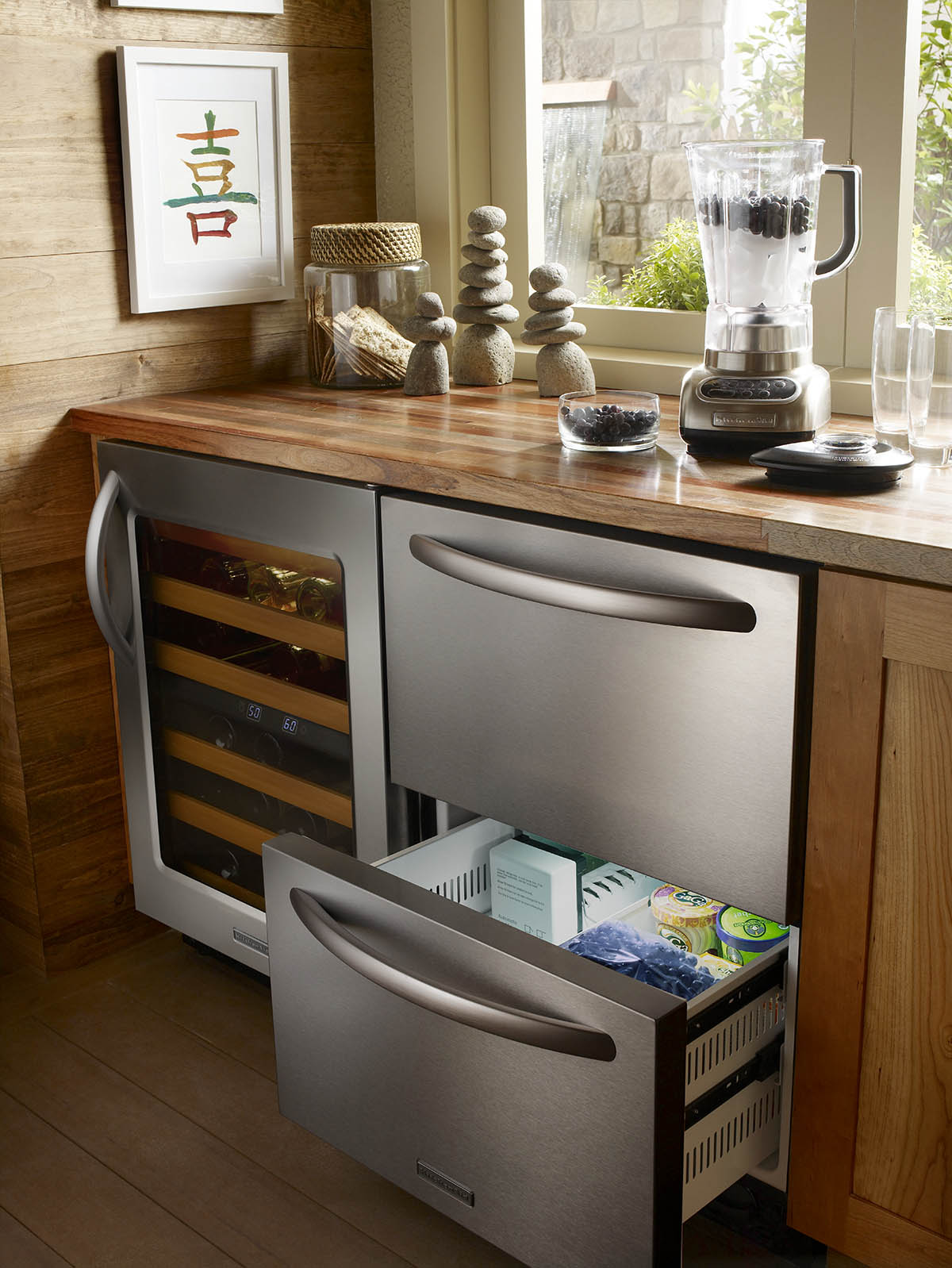WRITER | MATT DAVIDSON
Dank, musty, humid, dungeon-like. If any of these terms can describe your basement, it’s safe to say you have a moisture problem that needs addressing. But where to start?
Usually, moisture in a basement can be traced to one of two causes: exterior moisture finding a way in or interior moisture that isn’t able to dry on its own.
A simple way of determining the moisture’s source is to duct tape a notebook-sized piece of aluminum foil to an exterior basement wall. Check on it 24 hours later. If the surface against the wall is wet, you have water coming from outside; if the side facing the interior is wet, your problem lies within.
To identify an interior problem, look at the following:
- Freezer/refrigerator – Does the appliance leak cold air? If so, replace the door seals as needed.
- Clothes dryer – Do you have a leak in the exhaust tubing due to age, or is the exit vent loose or clogged? Tighten vents and replace exhaust tubing if they are leaking hot air.
- Water pipes – If there is visible condensation, insulate the pipes to stop seepage.
Also, if you have a basement shower that sees frequent use but has no means to release moist air to the outside, install a vent to remove the humidity.
To find an exterior water problem, do a circuit around the outside of your home after a heavy rain to look for the following:
- Do puddles form against your house anywhere?
- Is there enough of a sloping grade away from your home to carry water away instead of allowing it to pool?
- Does standing water collect in your window wells?
- Are there leaks in your gutters that allow water to run down the side of your house?
- Are the extensions on your downspouts carrying the water far enough away from your foundation?
- Do you see any cracks in your foundation that allow water to enter?
Finally, to locate external water issues inside your basement:
- Examine your walls; do you notice any wet spots?
- Are there any discolored spots that may indicate persistent leaks? These often appear as whitish stains, formed when evaporating water leaves minerals behind.
- Do you see any cracks in your foundation or mortar? If so, repoint with fresh mortar.
- Is your sump pump sufficiently powered to handle a typical rainfall? If not, it may not be able to keep up with moving the water away from your house.
- If you see dampness everywhere on your walls, try painting on a basement waterproofing sealer; this forms a barrier that water will not penetrate.
One final thing to keep in mind when combating a damp basement: Never underestimate the usefulness of a quality dehumidifier or the services of an expert.








